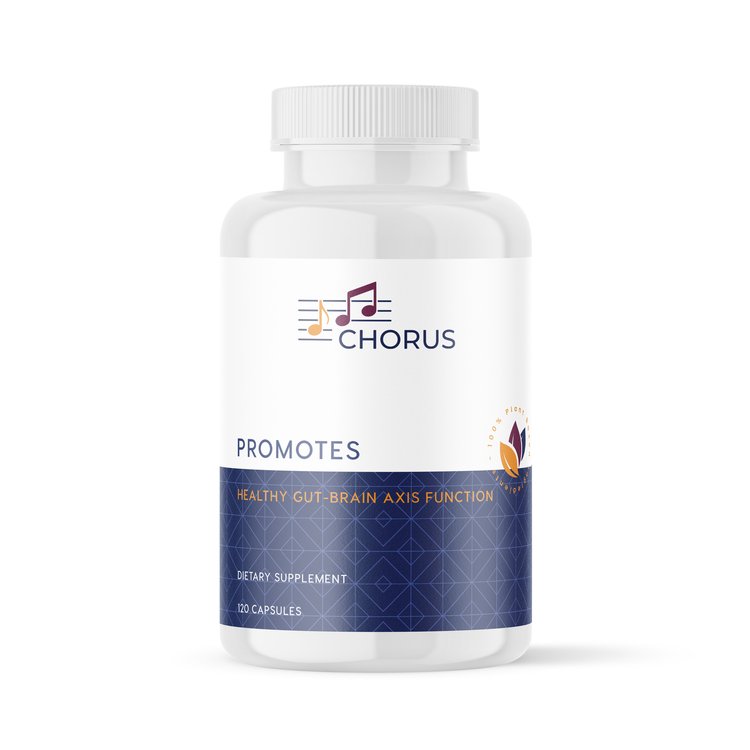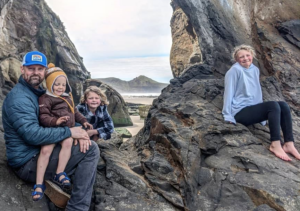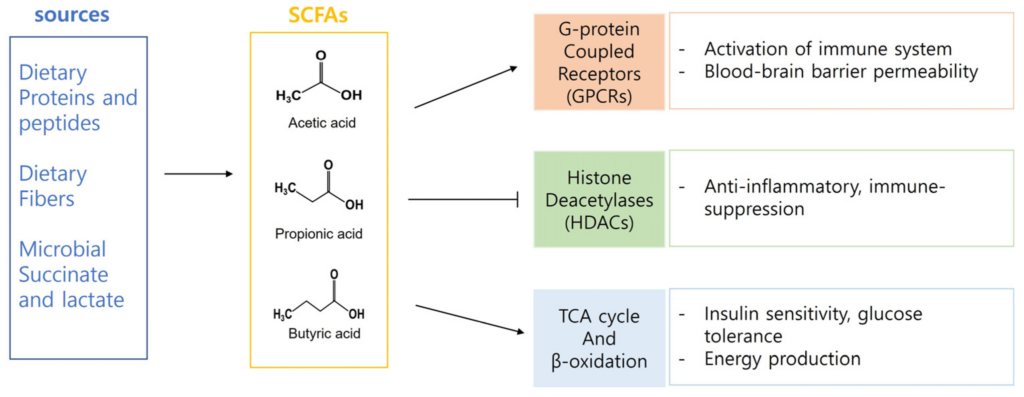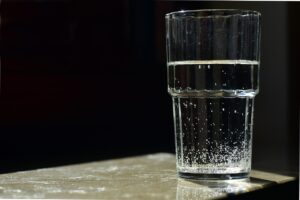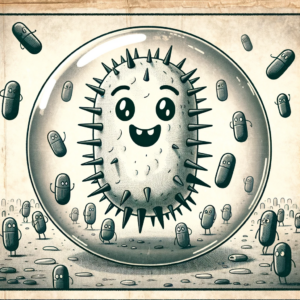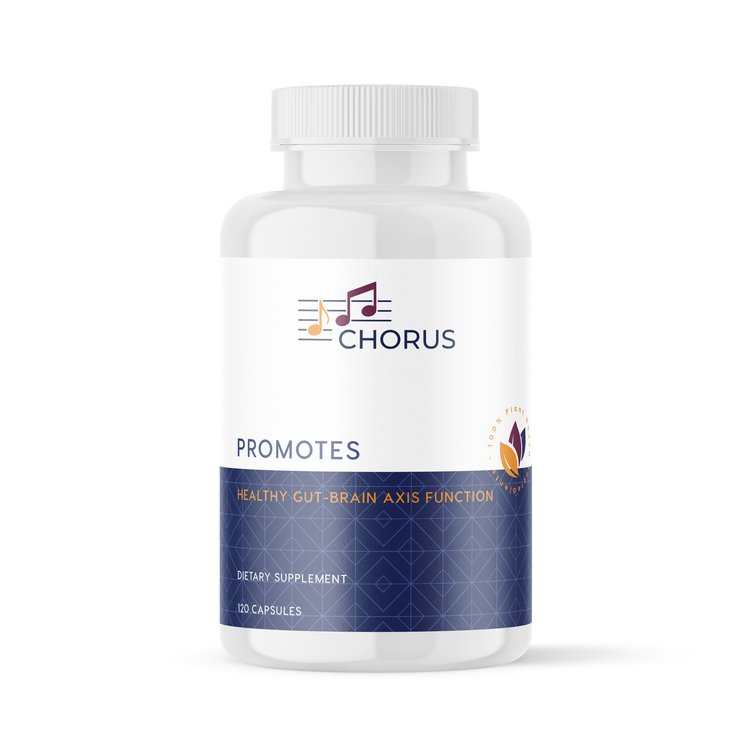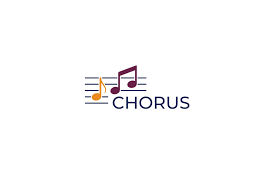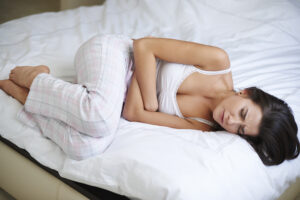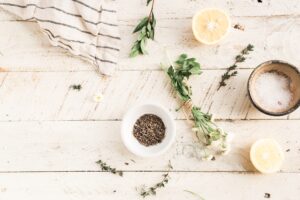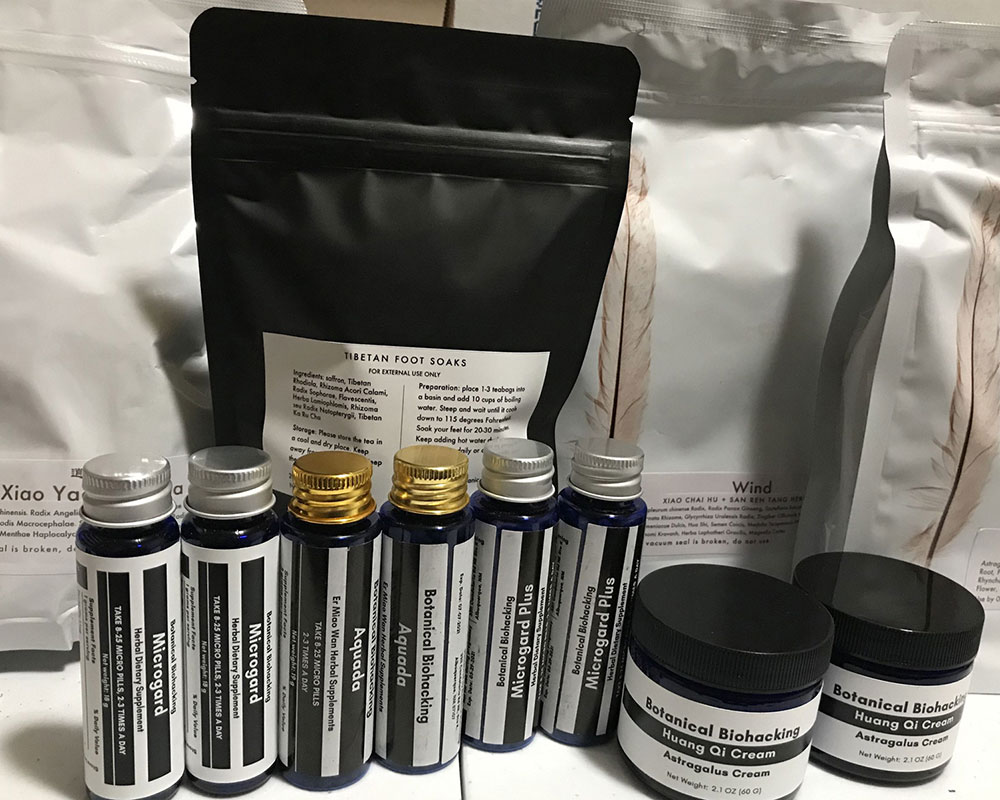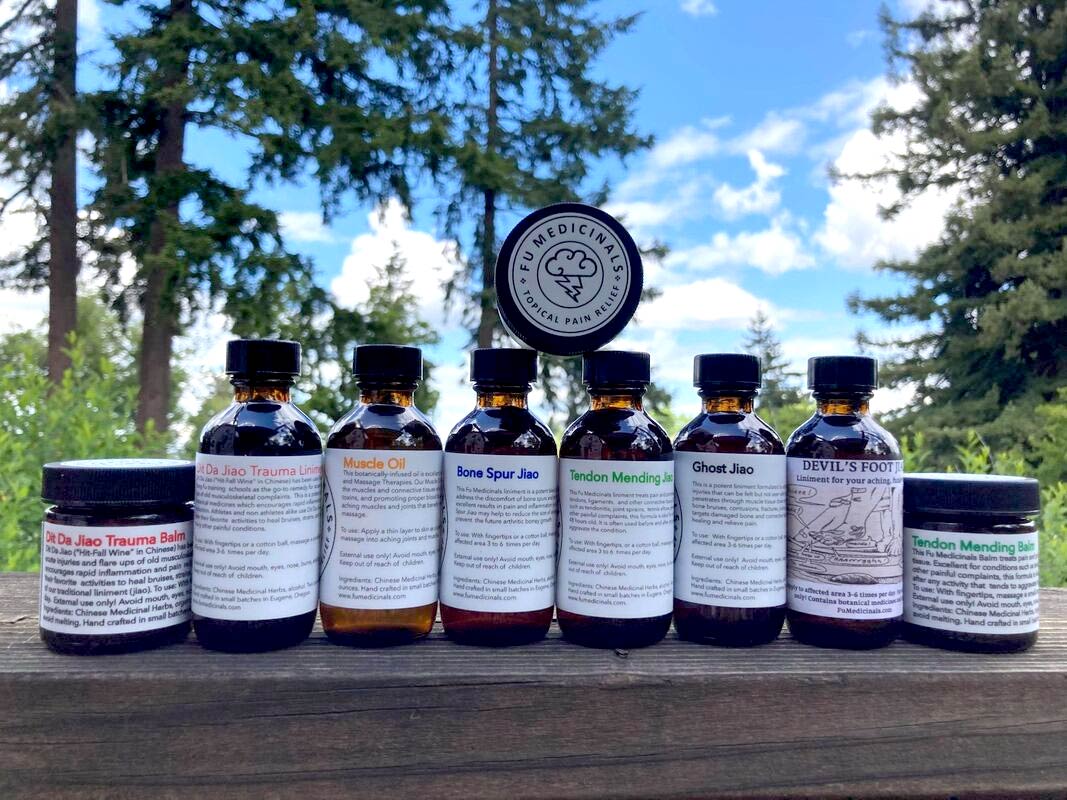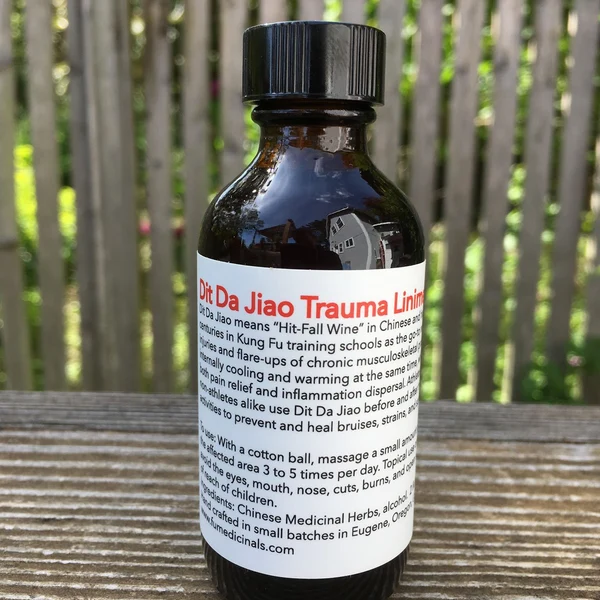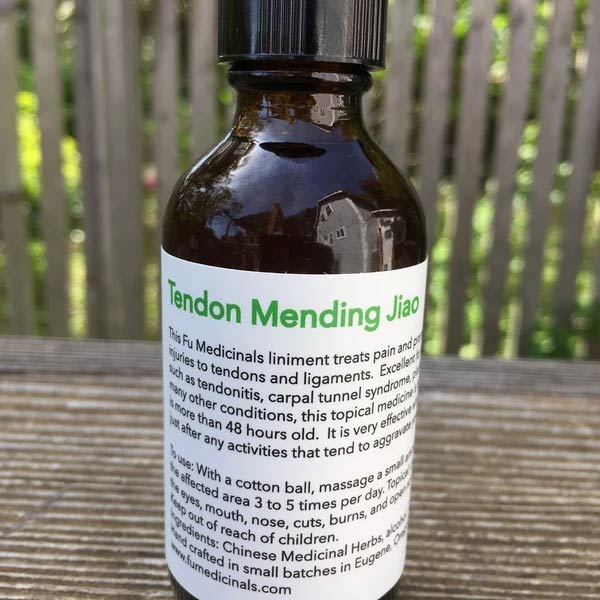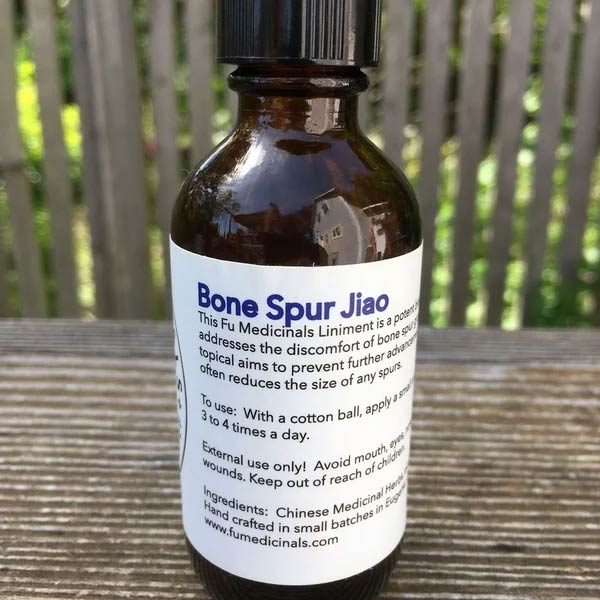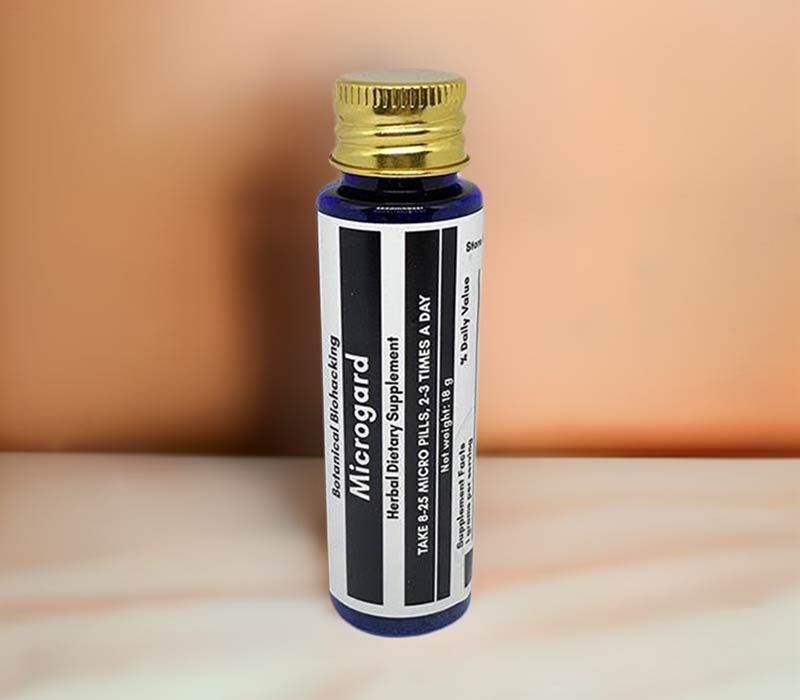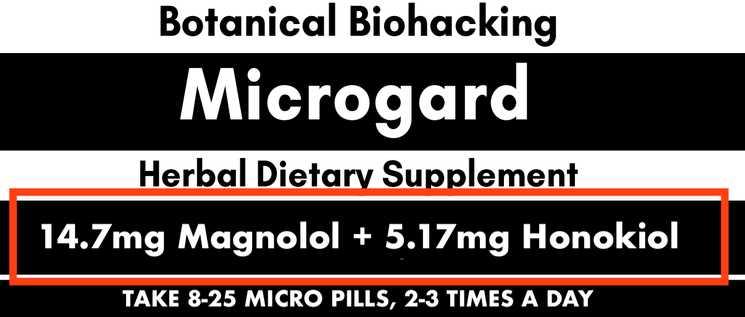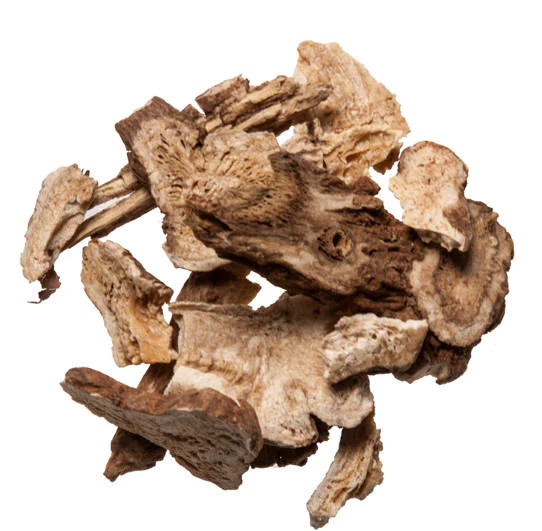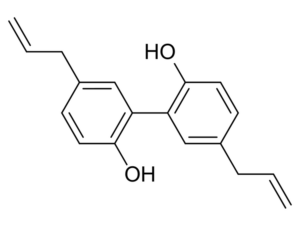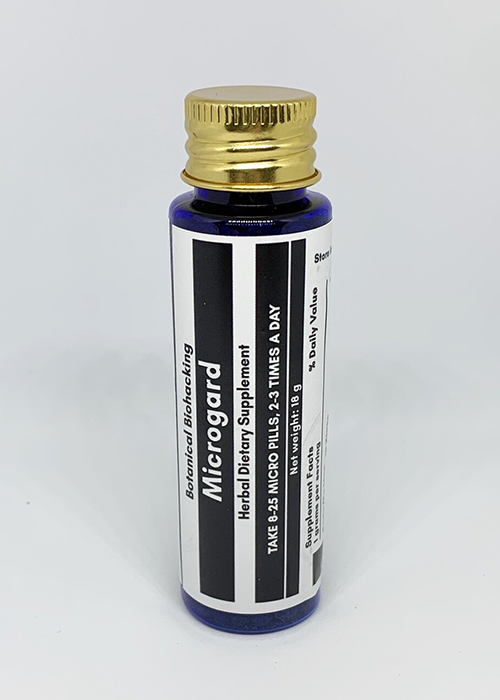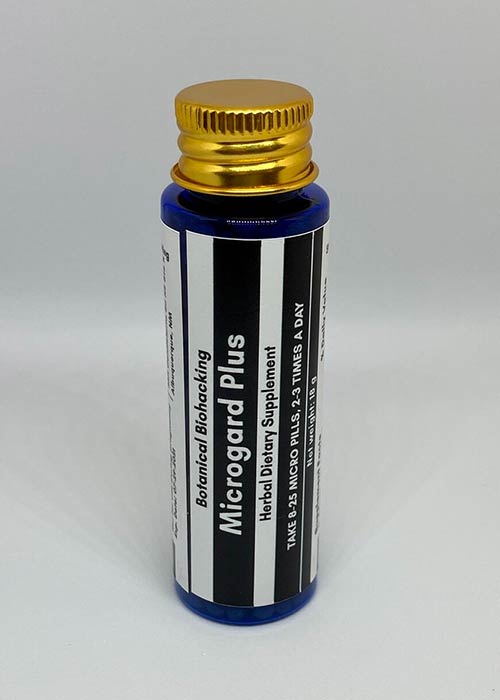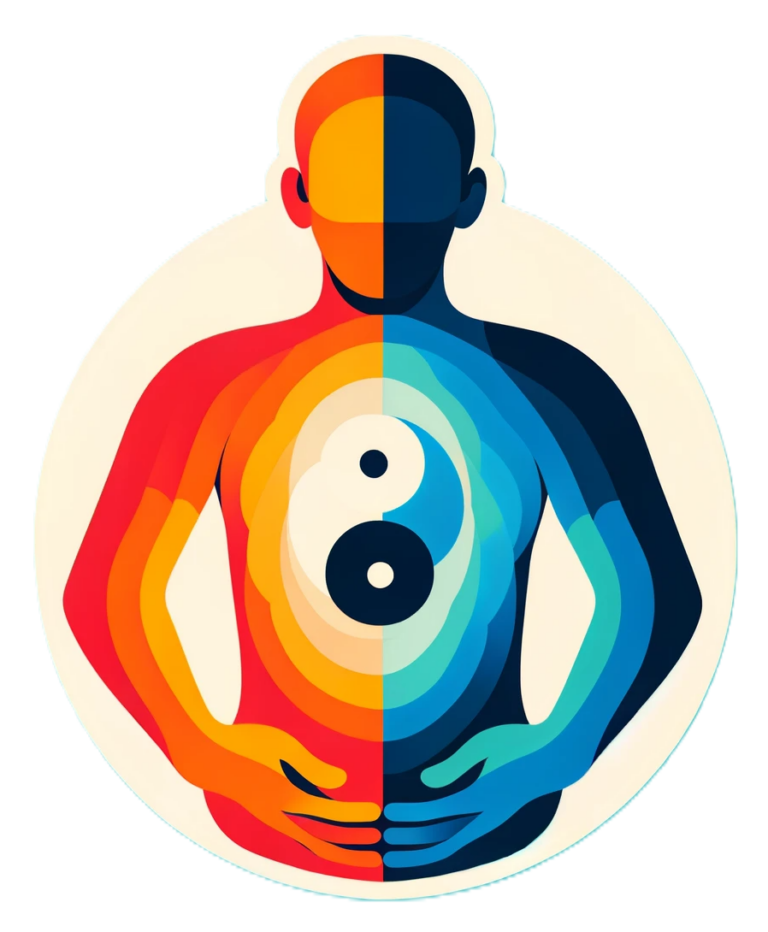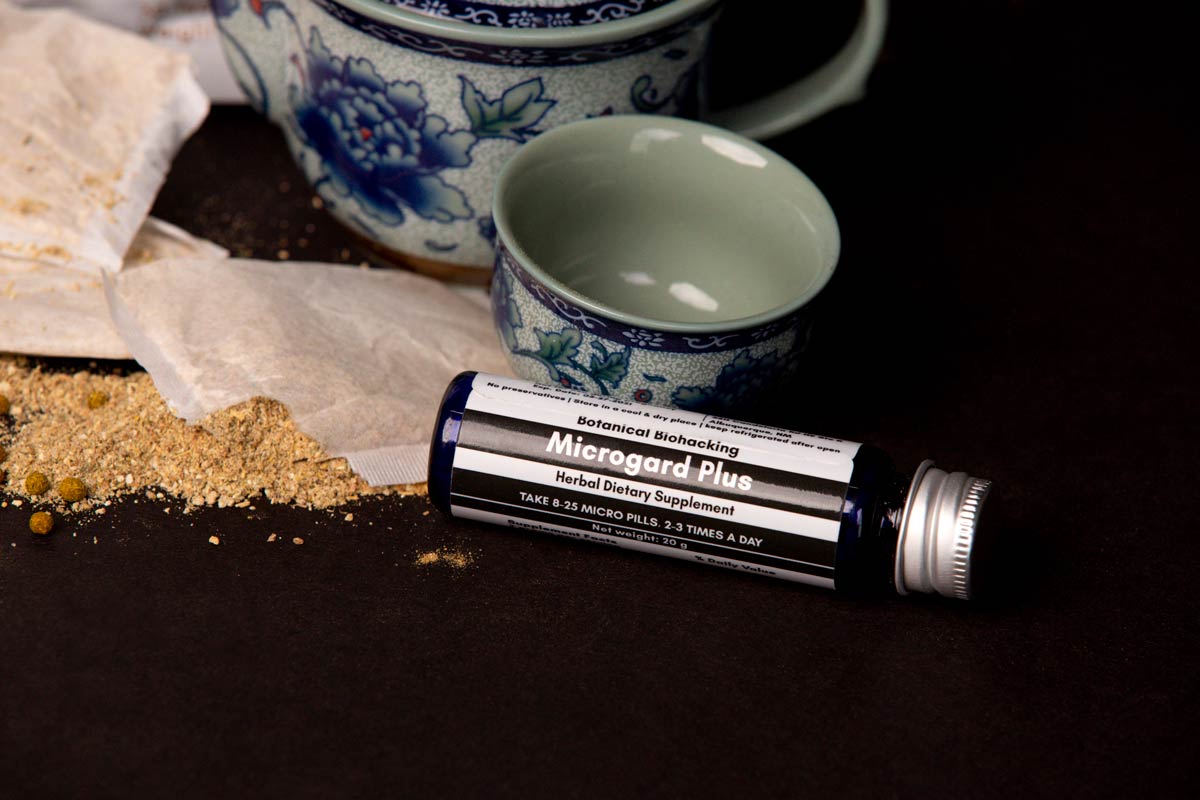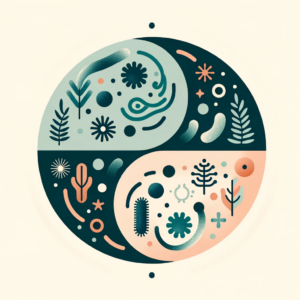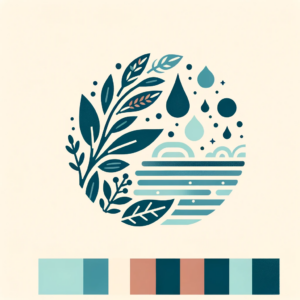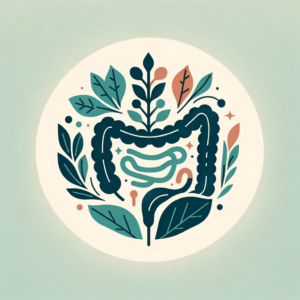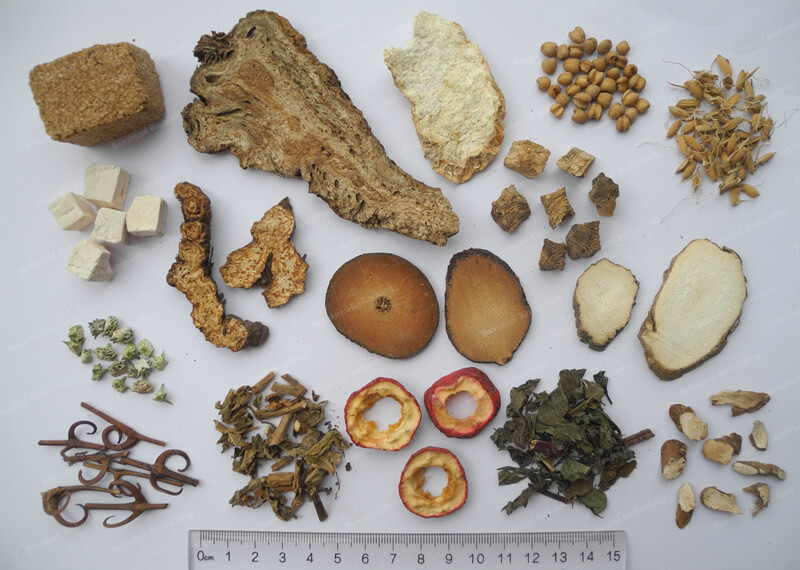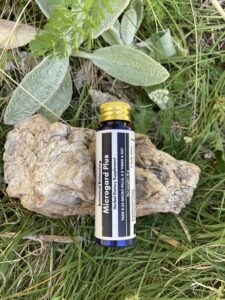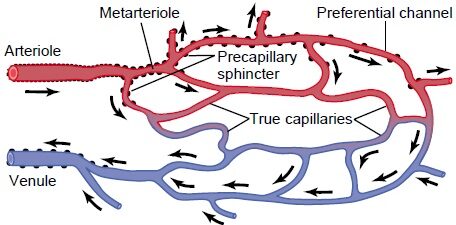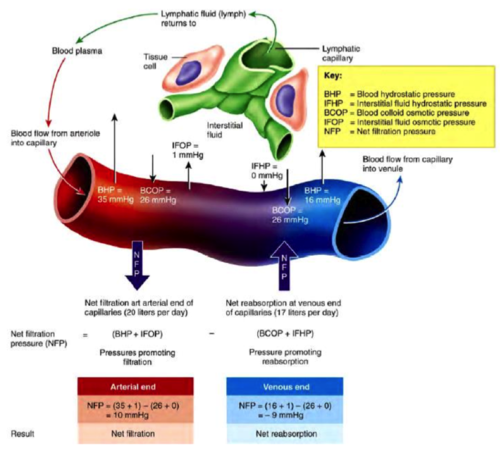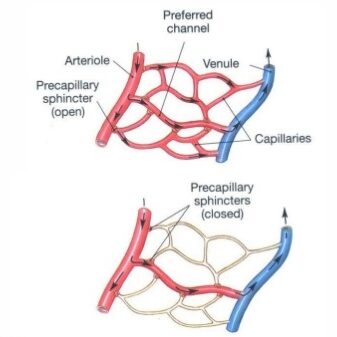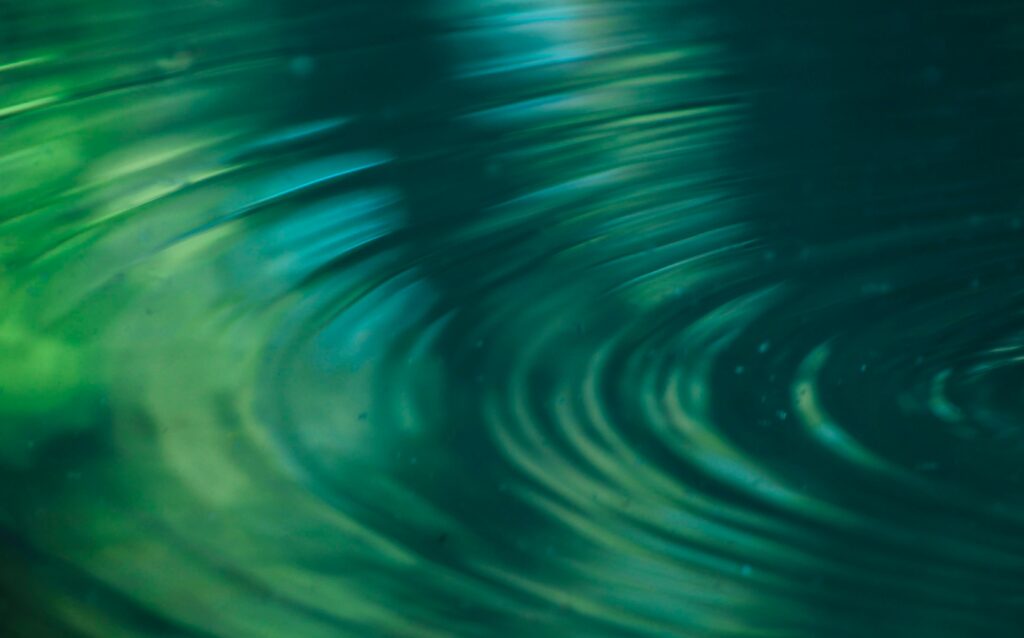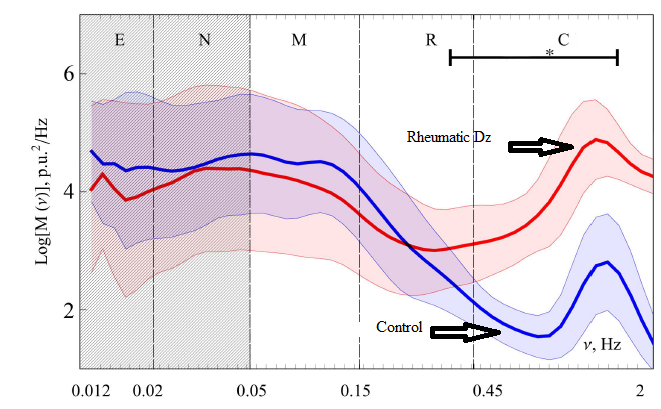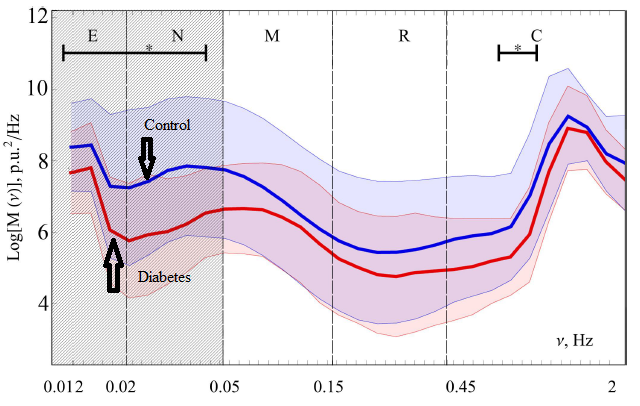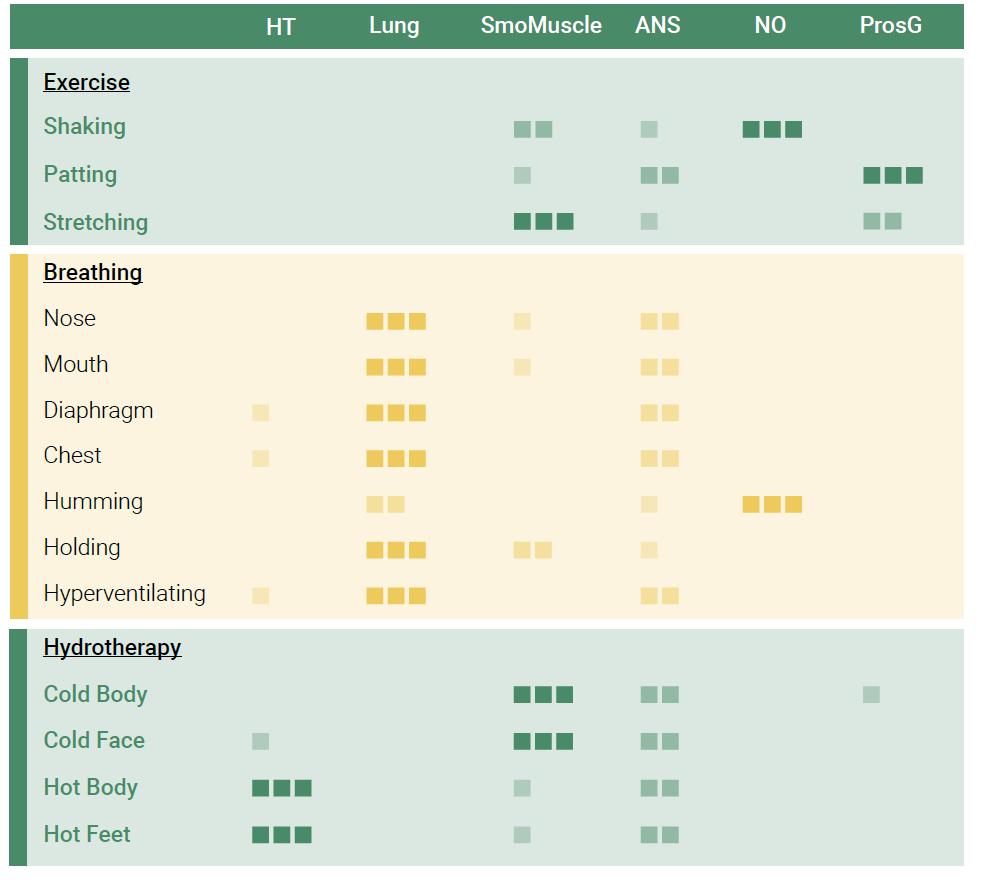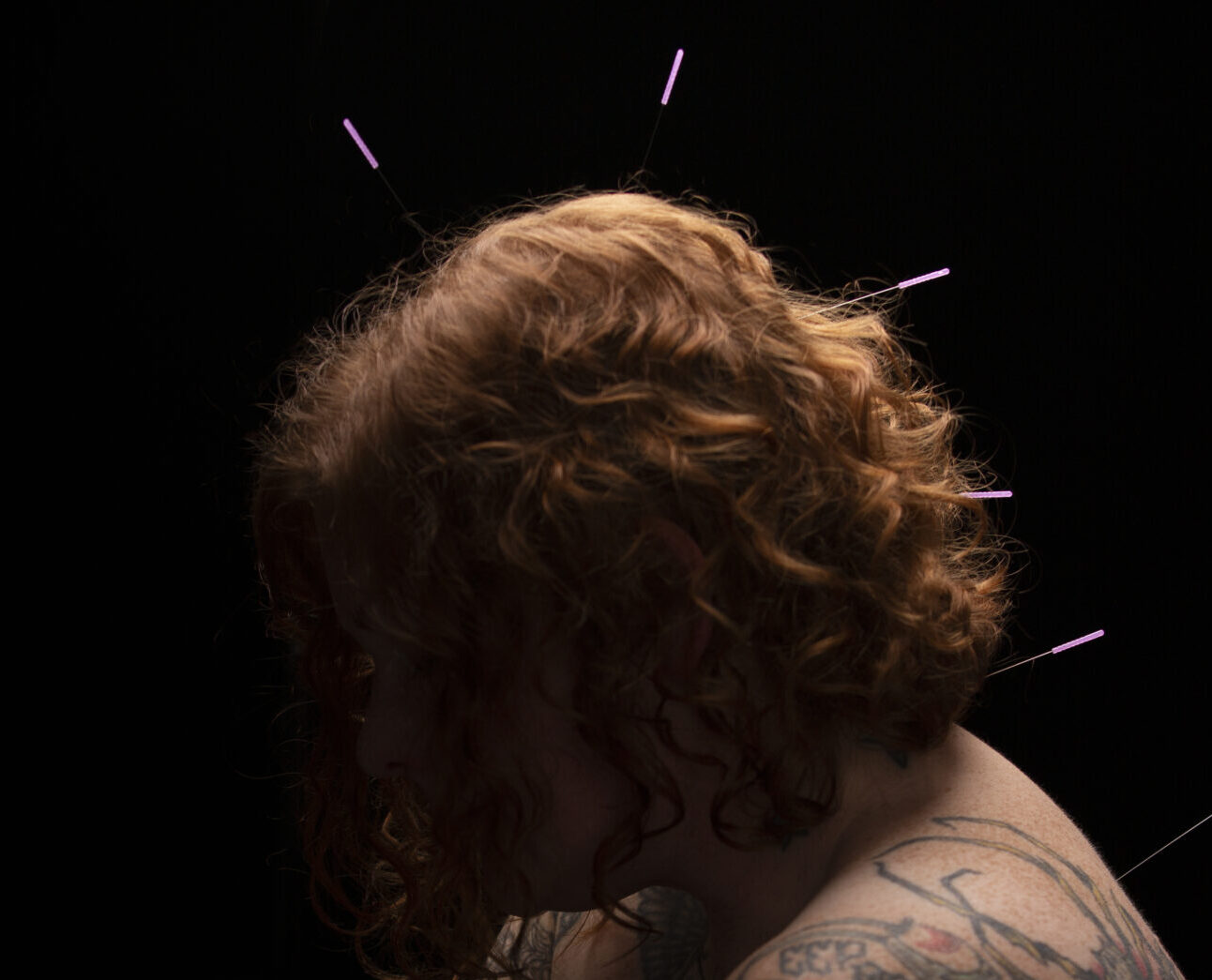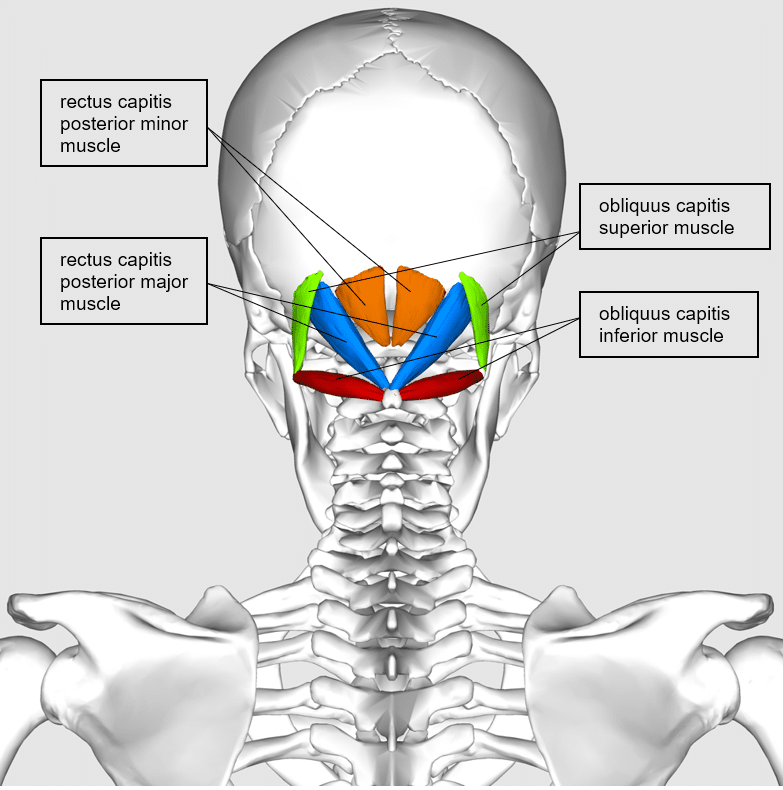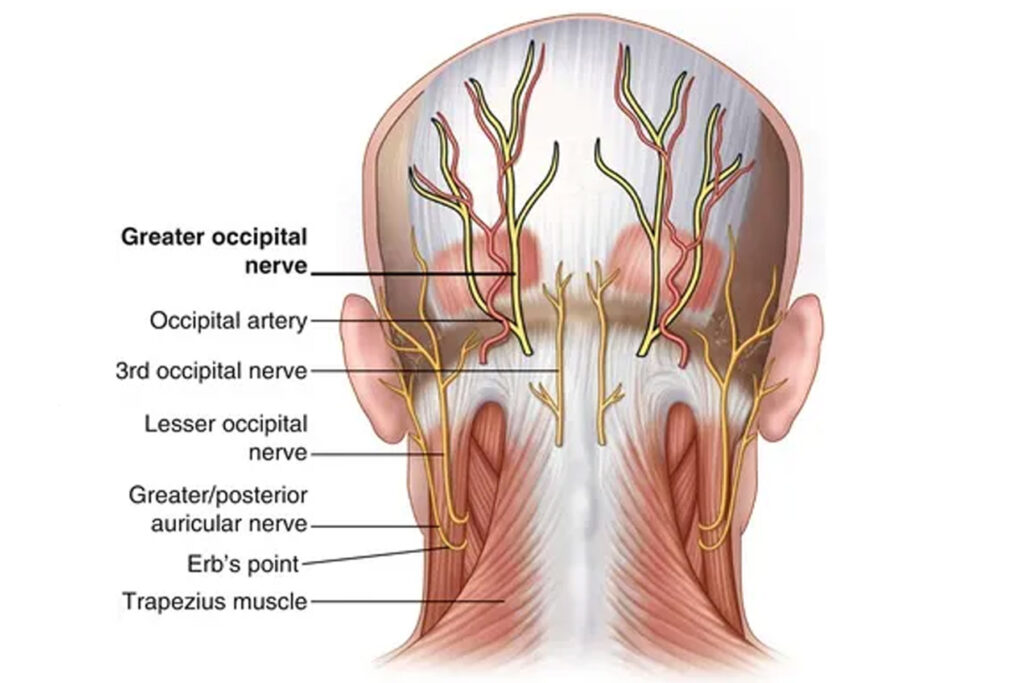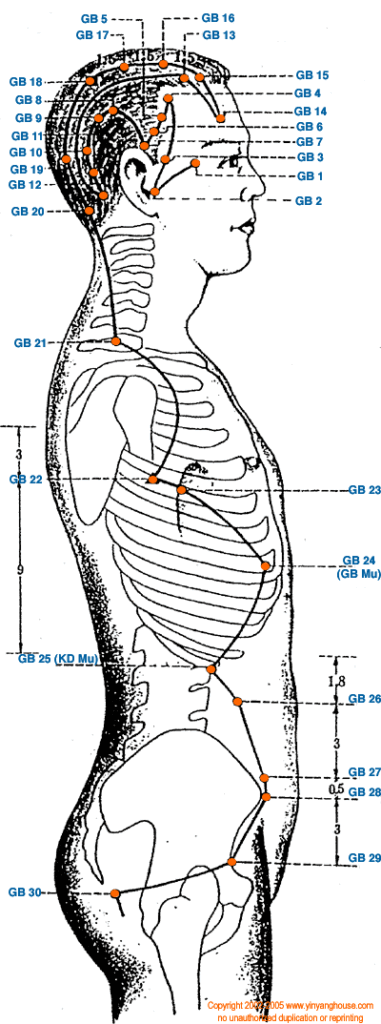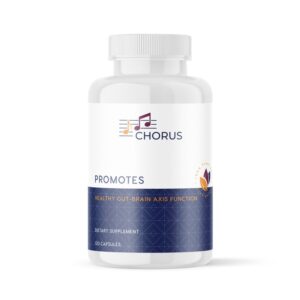
My Experience with Chorus
As a practitioner of Chinese herbal medicine, I’ve found that the effectiveness of herbal remedies is directly tied to their quality. Often, products sold in the West are of lower quality, akin to comparing Lipton tea to premium tea leaves. I mean, you can call it tea, but it is not very good tea.
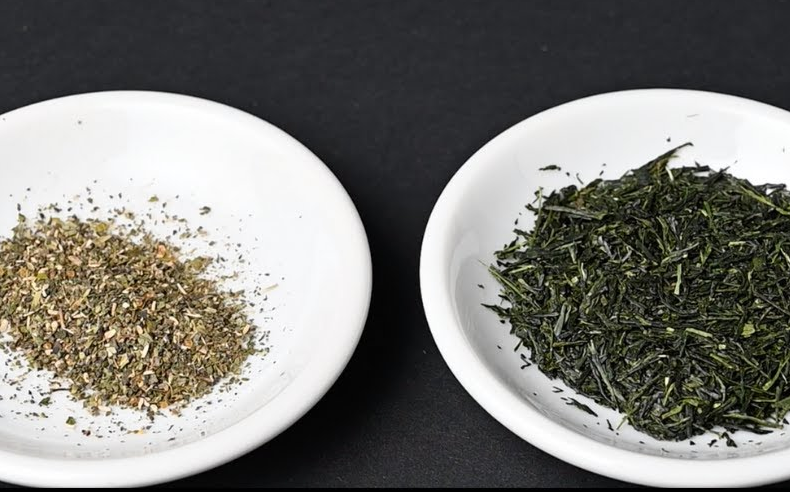
Early in my career, I struggled with inconsistent results using herbs until I discovered high-quality products from Classical Pearls and Botanical Biohacking, such as Microgard and Microgard Plus. These products significantly improved my results and my patient’s digestive health.
Recently, the maker of Botanical Biohacking with the help of Brehan Crawford introduced a new product called Chorus, designed for the general public. Unlike most herbal medicine, Chorus has a simpler diagnostic criterion: a thick tongue coating. This easy self-screening method allows more people to know if Chorus is right for them.
The capsules are easy to take and mask the taste of herbs, which my patients appreciate. The quality remains exceptionally high. I personally use Chorus with my patients and family and have found consistent and reliable improvements in digestive health.
Quick Links to the Sections Below
Discovering Botanical Biohacking
I first learned about Botanical Biohacking by using Microgard and Microgard Plus with my patients. One of my patients, Jenetta Coffey, provided a glowing review, stating that the results at my office greatly improved her well-being. Her feedback confirmed my belief in the importance of high-quality herbal products.

How Chorus Stands Out
Chorus is accessible to the general public, unlike its predecessors that require healthcare supervision. If you have a thick tongue coating and no contraindicating symptoms, Chorus may be effective for you. Below are some reviews from individuals who have experienced significant benefits from using Chorus.
Quality and Ingredients
One of the standout features of Chorus is its commitment to quality. Unlike many herbal products that use lower-grade ingredients, Chorus is crafted using high-quality herbs often sustainably wild-crafted or sourced from small family farms. This ensures that each capsule delivers maximum potency and effectiveness, a feature that is often missing in other products sold in the West
Ease of Use
Chorus capsules are designed to be easy to take, masking the often unpleasant taste of herbal medicines, which is a significant advantage for users. My patients appreciate this aspect as it simplifies their supplement routine without compromising on quality
Effectiveness
Chorus is particularly effective in addressing issues like food intolerances, chronic digestive problems, and side effects from medications. For instance, patients with conditions like MCAS and myasthenia gravis have reported significant improvements in their symptoms after using Chorus.
Premium product
Chorus is positioned as a premium product in the digestive health market. Customer feedback highlights significant improvements in digestive comfort, reduced symptoms of chronic conditions, and overall enhanced well-being.
Patient's Reviews
@crawford_wellness One of my patients was so elated with Chorus she let me record her story to share with you guys. #singwiththechorus #ibs #longcovid #dampdisease #glutensensitivity #constipation ♬ original sound - Crawford Wellness
Marianne’s Experience
Marianne, who has had digestive problems for 12 years, faced gluten and dairy intolerances exacerbated by COVID-19. Before using Chorus, her digestion was poor, with incomplete bowel movements and thin stools. After taking Chorus for a short time, she noticed significant improvements. Her stools normalized, appearing as type 4 or 5 on the Bristol Stool Chart, and her flatulence decreased.
One of the cool things about Chorus is when you get signed up you will get sent Emails with tips and tricks you can do at home. Things like lymphatic massage techniques such as tapping, stroking, and belly massages.
The goal is to educate you to take the steps to get better so you don’t have to take the product forever.
You Tube Reviews
Diagnosed with myasthenia gravis in 1977, Cynthia’s treatments included high-dose steroids and experimental drugs, which led to severe side effects. Her main medication, Mestinon, caused debilitating stomach and intestinal cramps. Since starting Chorus five months ago, Cynthia has experienced no abdominal cramps despite continuing Mestinon. This has allowed her to regain muscle strength and care for her husband, who has ALS. Cynthia highly recommends Chorus for those dealing with medication-induced digestive distress..
In 1977, I was diagnosed with myasthenia gravis. At the beginning of my diagnosis, I did not respond to treatment, so they removed my thymus. After the surgery, I responded to treatment. The primary treatment was high-dose, long-term steroid use, specifically prednisone. Eventually, my body could no longer tolerate prednisone, so I was relegated to experimental drugs. I was put on CellCept, but its side effects included almost continual nasal, throat, and respiratory infections. Once they felt I was taking too many antibiotics too frequently, they stopped the CellCept, removed my tonsils, and sent me back to counseling to learn how to manage my illness and conserve muscle strength through physical therapy. I’ve been through physical therapy so many times.
I had to quit my career as a teacher. My husband, who had always been my caregiver, was diagnosed with ALS. I needed him, but now he needed me. I was desperate. My way of managing my myasthenia gravis was through Mestinon. However, Mestinon comes with severe stomach and intestinal cramps that are so bad they leave you doubled over, practicing labor breathing just to survive the episode. They can prescribe other medications for this particular side effect, but they have never worked very well or for very long for me.
I have now been on Chorus for five months. I have had no abdominal or intestinal cramps and no gastro problems whatsoever, despite taking two daily doses of 120 milligrams of Mestinon and sometimes three doses. This allows me to have enough muscle strength to help my husband. This is mind-boggling. It blows my mind. I can’t believe this is now my reality—that I can use Mestinon to get the muscle strength I desperately need without any side effects.
So, if you’re taking a prescription drug that causes you abdominal or intestinal distress or irregularity, give Chorus a try. I hope it works for you as well as it has worked for me.
Tasha, dealing with Mast Cell Activation Syndrome (MCAS), had a limited diet due to food intolerances. Chorus significantly reduced her digestive stress, allowing her to enjoy a wider variety of foods. Over the past year, she has seen a happier tummy and less pain, transforming her relationship with food. Tasha emphasizes the importance of small lifestyle changes, such as walking after meals and consuming warmer foods, which, combined with Chorus, have been life-changing.
One of the major issues I’ve dealt with due to my MCAS is trouble digesting certain foods. Before achieving further remission and using the product Chorus, my diet was very limited. I think one of the biggest pleasures in life is enjoying food, sharing meals with friends and family. Now, because I’ve been using Chorus over the past year, there’s a lot less stress when I eat something I previously would have struggled with. This means that I’m ultimately able to enjoy a large part of my life again and eat foods that make me happy. Honestly, Chorus has been life-changing for me and a massive part of getting my MCAS into remission. I highly recommend Chorus to anyone dealing with the same issues because, if you have MCAS, you know that finding foods you can eat without a reaction is challenging. Chorus is definitely a massive help with that, so I highly recommend it.
Taking a little walk or moving around after eating helps my digestion so much. Eating warmer food and drinking warm drinks, rather than cold ones, is much easier on my digestion. In the first two to four weeks of taking Chorus, the main changes for me were a happier tummy and much less pain, which was mind-blowing. I could eat foods that used to upset my stomach and worry less about it, actually enjoying my meals, which was life-changing.
Before my MCAS was largely in remission and before I was taking Chorus, the level of stress I had surrounding food was extreme. It was so bad. Now, I don’t think about it as much, and I don’t have to worry so much about what I’m eating because I know I have Chorus. I thought I would be worrying about food every day forever, but Chorus has eliminated that stress from my life.
Claudia struggled with lifelong gas and irregular bowel movements. After starting Chorus in January, she noticed immediate improvements, including reduced gas and normalized bowel movements. This change has been the most significant improvement for her, alleviating years of discomfort
I started using Chorus in January, and within the first few days, I noticed I had less gas. I wasn’t passing gas all the time anymore. After a short period, I noticed a real difference in my bowel movements. All my life, my bowel movements had been either rabbit pellets or brown water. Now, my bowel movements are normal—they look like a normal person’s bowel movements. This change has been the biggest and most significant improvement for me.
TikTok Review
@drwendy_physicaltherapy I started using the supplement Chorus several months ago after following @Crawford Wellness and learning how to heal my gut through things like diet changes, activity changes and this supplement called Chorus. I have non-celiac gluten sensitivity, fibromyalgia and I’m in perimenopause. When he launched this product @Chorusforlife I jumped at the chance to have access to this blend. The product was extensively tested for quality and purity, and if it isnt for you they have a 30-day money back guarantee. #supplementsforwomen #supplementsthatwork #fibromyalgia #perimenopausehealth #healthygut #brainfogrelief #chorusforlife #Inverted #greenscreen ♬ Cute Horror & Halloween, Storytelling, Games(1311227) - scatgoto
Dr. Wendy shared her positive experience with Chorus, noting improvements in her non-celiac gluten sensitivity, fibromyalgia, and perimenopause symptoms. She reported less swelling, reduced water retention, and improved brain fog and joint pain after less than a month of use.
On Reddit, users like Good_Soil7726 reported subtle but significant improvements in digestion and food tolerance after using Chorus. Some users noticed changes only after adjusting their dosage, indicating the importance of following recommended usage instructions. The community shows a strong interest in long-term updates and shared experiences, reflecting the supplement’s growing reputation
Confidence in Quality
Chorus is a quality product from a reputable company with a strong track record. Developed by experts who have staked their reputation on its effectiveness, Chorus delivers reliable results. I have personally used it with my patients and family, observing significant improvements in digestive health.
By following the simple self-diagnosis criteria, you can be confident that purchasing Chorus is money well spent. The positive testimonials and my professional experience underscore its value and effectiveness. Consider giving Chorus a try.
Try Chorus Today
About the Author
Willard Sheppy is a writer and healthcare practitioner who seamlessly melds scientific knowledge with practical applications in engaging and authoritative articles. He holds a Bachelor of Science in Environmental Science from Oregon State University and a Master’s in Acupuncture and Oriental Medicine from the distinguished Oregon College of Oriental Medicine.
In his work, Willard skillfully combines his extensive educational background in scientific research with his practical experience as a healthcare practitioner. Willard balances his life with martial arts and cherished family adventures. As a father of three, he often leads his family on camping and hiking trips along the breathtaking Oregon coast.
Connect with Willard on LinkedIn at linkedin.com/in/valleyhealthclinic or learn more about his services at valleyhealthclinic.com. Embark on this journey towards holistic health with Willard!

